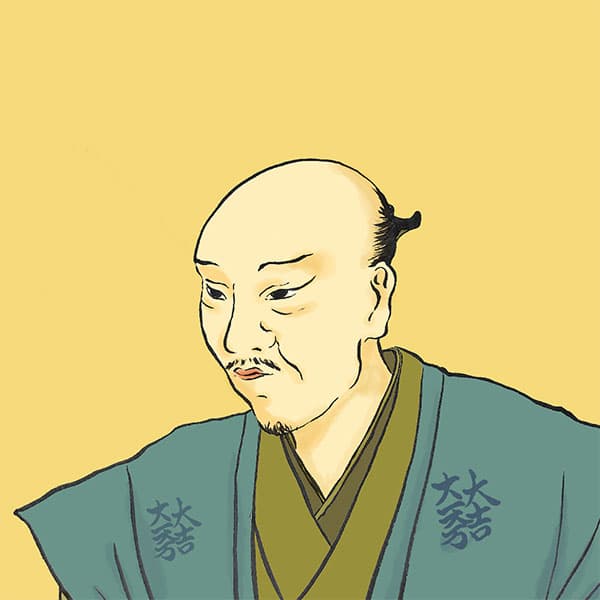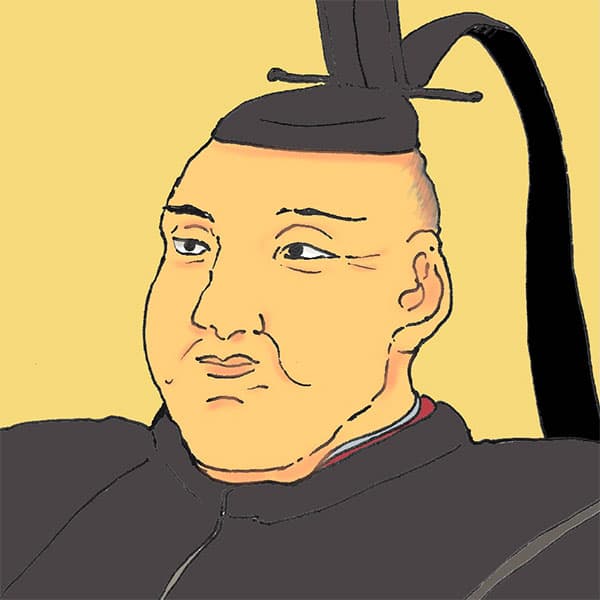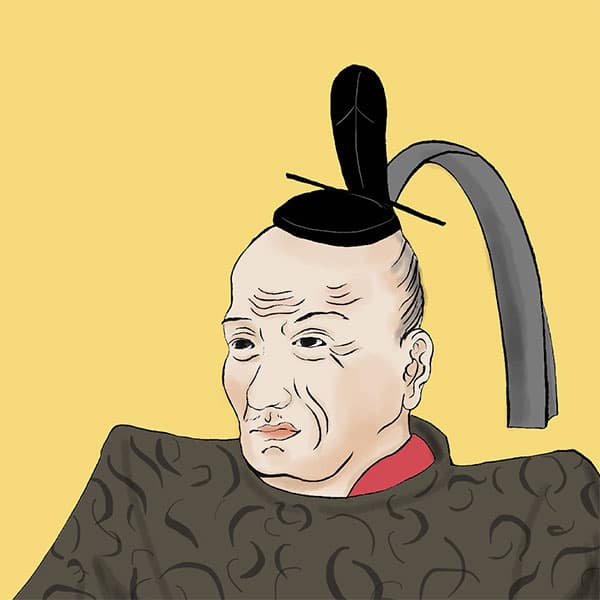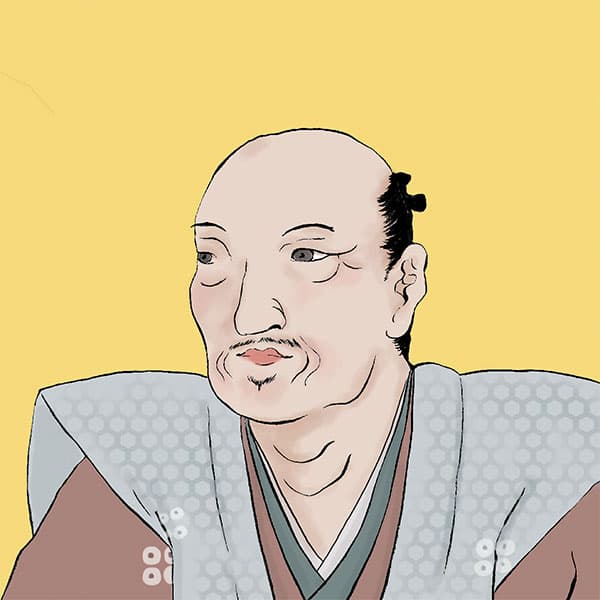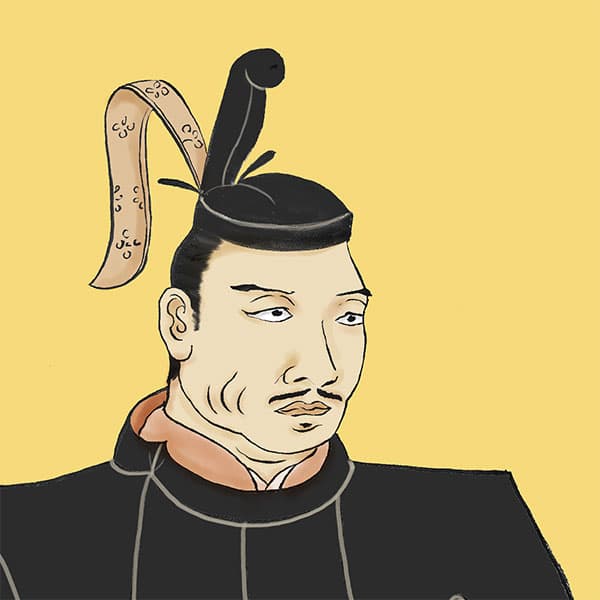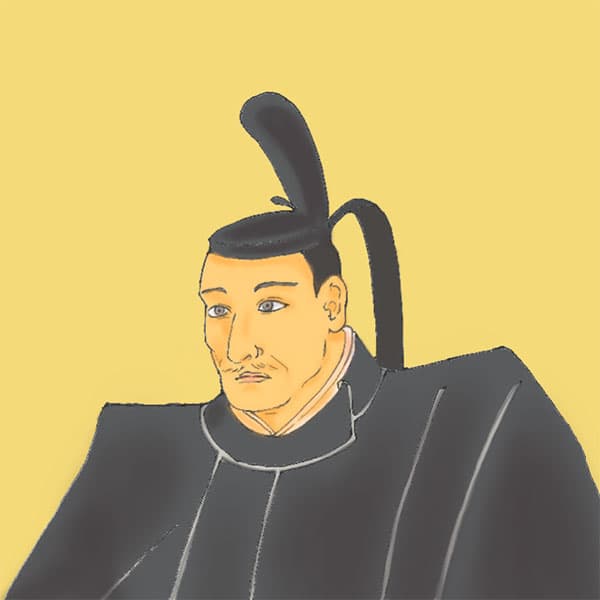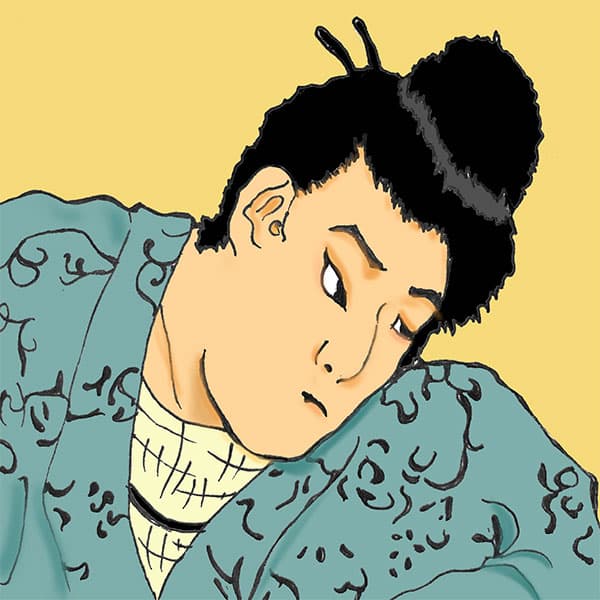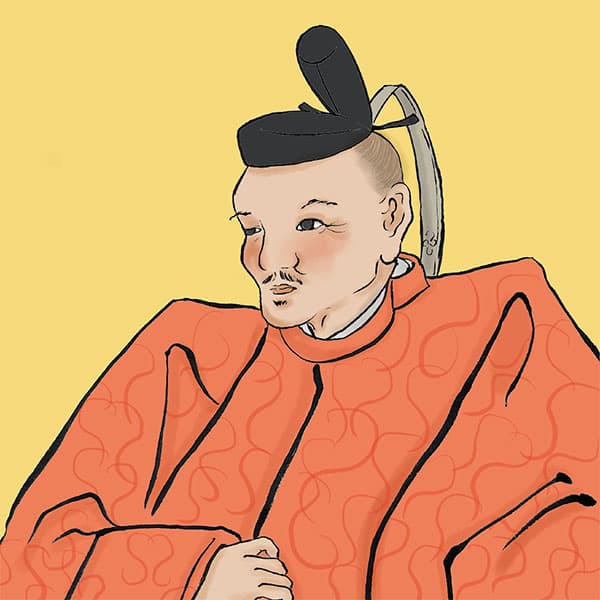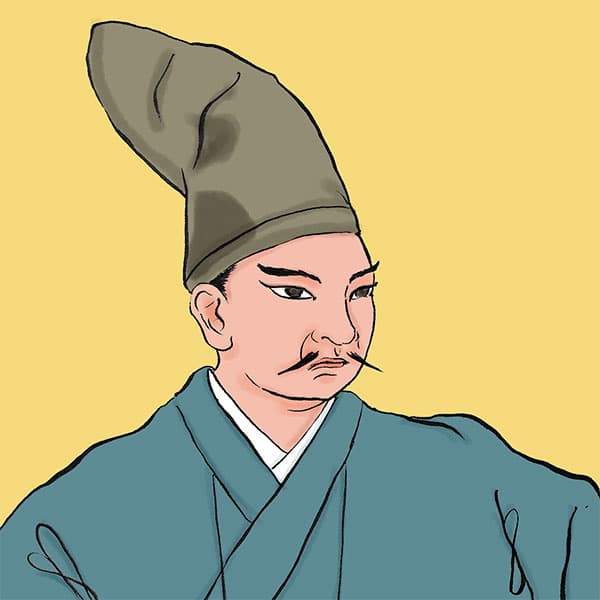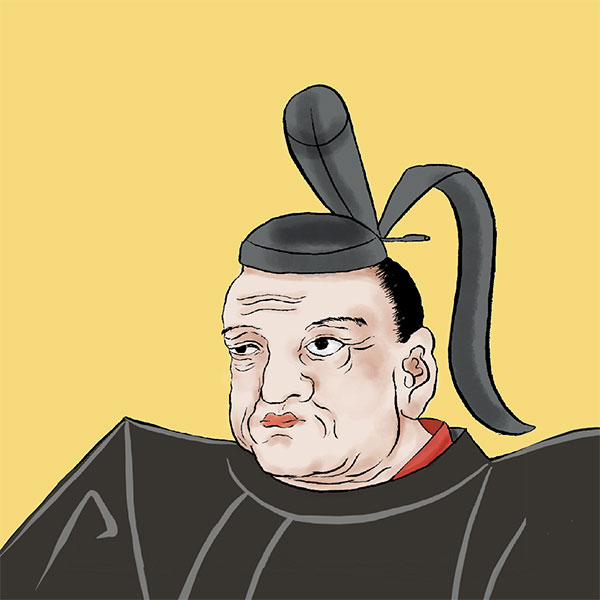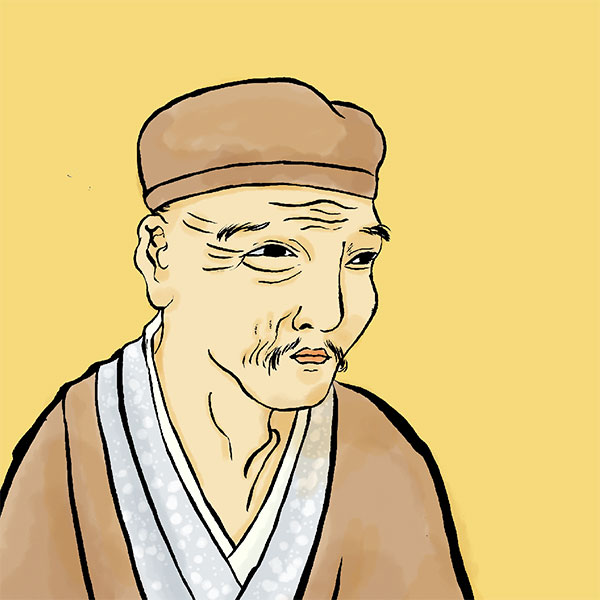Battle of Sekigahara (1/2)The battle that divided the world - What was the trigger, summary, and what happened next?

Battle of Sekigahara
- Article category
- case file
- Incident name
- Battle of Sekigahara (1600)
- place
- Gifu Prefecture
- Related castles

Ogaki Castle

Kiyosu Castle

Ueda Castle
- people involved
On September 15, 1600, the ``Battle of Sekigahara,'' said to be the battle that divided the world, took place. In this battle, the eastern army led by Tokugawa Ieyasu and the western army led by Ishida Mitsunari clashed at Sekigahara (Sekigahara Town, Gifu Prefecture), but the eastern army won in just six hours, and Tokugawa Ieyasu took control of the country. Although it appears that the battle was quickly resolved, political maneuvering and intrigue were swirling behind the scenes of the Battle of Sekigahara. This time, I would like to take a closer look at the Battle of Sekigahara.
Why did the Battle of Sekigahara occur? (1) Death of Toyotomi Hideyoshi
To explain the background to the Battle of Sekigahara, we need to go back to Toyotomi Hideyoshi's death in 1598. After Hideyoshi fell ill in the same year, he drew up a will and named Hideyori Toyotomi, who was only six years old, as his successor. After his death, he made a will that a council system be established between powerful daimyo and Toyotomi family vassals, and he made them swear loyalty to Hideyori. This is the so-called "Five Elders and Five Magistrates" system. The Five Elders were five powerful feudal lords: Tokugawa Ieyasu, Mori Terumoto, Uesugi Kagekatsu, Maeda Toshiie, and Ukita Hideie, while the Five Magistrates were the vassals of the Toyotomi family, including Mitsunari Ishida, Nagamasa Asano, and Nagamasa Asano, who were in charge of the practical affairs of the government. This refers to five people: Masaie Nagatsuka, Geni Maeda, and Nagamori Masuda.
Hideyoshi was concerned about the movements of the Five Elders after their death. Before the unification of Japan, these warlords competed for promotion and were sometimes enemies under Oda Nobunaga. He must have been worried whether Hideyori would support him after his death. For this reason, he sent his will directly to the five elders. By the way, there are only three wills in existence, and they mention Hideyori many times and ask for his help.
Why is Hideyori, who is only 6 years old, the heir in the first place? In fact, Hideyoshi's successor changed many times, most recently Hideyori adopted his sister's eldest son, Hidetsugu Toyotomi, and made him Kanpaku. However, the situation gradually changed when Hideyoshi's wife Yodo-dono gave birth to Hideyori.
In 1595, Hidetsugu was suspected of rebellion and ultimately committed seppuku. There are various theories as to the cause of his death, including a feud with Hideyoshi due to political disagreements, his fall from power due to slander by Ishida Mitsunari, and his assassination due to Hideyoshi's cute son. In any case, when Hideyoshi fell ill, he had no choice but to appoint Hideyori as his successor.
Why did the Battle of Sekigahara occur? (2) Rise of Tokugawa Ieyasu
In the Toyotomi administration, there was originally a conflict between the military faction, such as Kato Kiyomasa and Fukushima Masanori, and the literary faction, which was in charge of political affairs, such as Ishida Mitsunari. It's a common conflict between military officers and civilian officials. In addition, there were conflicts over strategy when Hideyoshi dispatched troops to Korea, and conflicts between Mitsunari, who led Hidetsugu's seppuku, and other military commanders, so the Toyotomi family was not monolithic.
After Hideyoshi's death, Ieyasu took advantage of the conflict between the Mudan faction and the Bunji faction to gradually increase his allies. Ieyasu strengthened his relationships with other feudal lords by having his adopted daughter and the adopted children of Nagamasa Kuroda, Kiyomasa, and Masanori, Masayuki Fukushima, and the eldest daughter of his sixth son, Tadateru Matsudaira, and Masamune Date adopted by other feudal lords without permission. However, the Toyotomi government prohibits marriages without the permission of other daimyo. The five magistrates, including Mitsunari, must have become angry.
The person who suppressed these conflicts was Toshiie Maeda, who had a lot of trust from Hideyoshi. Although he impeached Ieyasu for violating the rules, he successfully reconciled with him and suppressed his rise, maintaining a balance in his position as a "watchman" as he promoted the collegial system. However, Toshiie died in 1599, less than a year after Hideyoshi's death.
As a result, factional conflicts became even more intense. Immediately after Toshiie's death, Mitsunari was attacked by seven generals, including Kiyomasa Kato, Masanori Fukushima, and Nagamasa Kuroda, citing a grudge against him when he dispatched troops to Korea. With the help of Yoshinobu Satake, Mitsunari fled to Fushimi Castle.
Mitsunari was in charge of logistics support within Japan during the dispatch of troops to Korea. However, when the military commanders dispatched to Korea requested a change in strategy, he interceded with Hideyoshi, and as a result, Hideyoshi became furious and the daimyo who made the proposal had some of his territory confiscated or other punishment. The military commanders began to hate Mitsunari, thinking that it was because of Mitsunari's opinion of Hideyoshi. It also seems that the fact that he did not inform the military commanders in Korea of Hideyoshi's death was one of the reasons why he was hated.
To begin with, Mitsunari was intelligent, but he was bad at communicating with people, and was disliked by military commanders. In the wake of the attack, Mitsunari was dismissed from his magistrate position and forced to live in seclusion at Sawayama Castle in Omi Province (Shiga Prefecture).
Also, in the same year, suspicions surfaced that Ieyasu was assassinated by Toshinaga Maeda, who succeeded Toshiie as the Five Elders. As a result, the ``Kaga Conquest'' began on Ieyasu's command. Due to the Maeda family's desperate defense, war did not occur, but Toshinaga had his mother Matsu taken hostage and surrendered to Ieyasu.
Furthermore, Nagamasa Asano, the five magistrates, also fell from power at this time, and the ``Five Magistrates and Five Elders'' became the ``Four Great Elders and Three Magistrates,'' and Ieyasu further strengthened his power. After that, Ieyasu went against Hideyoshi's will and entered Osaka Castle, increasing his allies by adding and transferring feudal lords on his own.
Why did the Battle of Sekigahara occur? (3) Provocative “Naoe”
As Ieyasu strengthened his political influence, fellow Godairo Kagekatsu Uesugi set out to strengthen his military power. As a result, the relationship between Ieyasu and Kagekatsu gradually deteriorated. In the spring of 1600, Ieyasu suspected Kagekatsu of treason and requested him to go to Kyoto in early June to clear the suspicion. Kagekatsu excused himself for the suspicion of rebellion and informed them that he would go to Kyoto in the fall, but this was not accepted. This led to the Uesugi conquest (Aizu conquest) in July, which triggered the Battle of Sekigahara.
Now, what comes into play is the letter ``Naoe Letter,'' which is said to have been sent to Ieyasu in April by Kanetsugu Naoe, a senior vassal of Kagekatsu. The content was to deny the suspicion of rebellion and explain why he could not go to Kyoto, but Ieyasu was furious because the content was provocative and laced with sarcasm. It is said that he decided to conquer Uesugi.
Although it is a dramatic episode, there are theories that the Naoe letter was a forgery or that it was falsified in later generations. The reasons for suspicion include the fact that the original does not exist, only a copy, and that the expressions used in the letter are unnatural by the standards of the time. There are various theories, so if you are interested, please do some research.
Why did the Battle of Sekigahara occur? (4) Conquest of Uesugi
Now, Ieyasu departed from Osaka Castle in June to conquer Uesugi. In July, he entered Edo Castle and marched his troops to Aizu, where Kagekatsu was.
Behind the scenes, Ishida Mitsunari was preparing to raise an army against Ieyasu. On July 17th, Mori Terumoto, the Godairo, will arrive in Osaka. Terumoto was at odds with Ieyasu over territorial issues, and the magistrates including Mitsunari were trying to get him to side with him. At this time, a letter of impeachment was sent to various feudal lords, listing the charges against Ieyasu and signed by the three magistrates Geni Maeda, Nagamori Masuda, and Masaie Nagatsuka. Along with making everyone aware of Ieyasu's violation of the rules, he called on Mitsunari and others to take his side.
On July 19th, Terumoto entered Osaka Castle, and the Western army departed. Also joining the Five Elders, Hideie Ukita and Hideaki Kobayakawa, from the same day they attacked Fushimi Castle, where Ieyasu's vassals Mototada Torii and others were based, with an army of approximately 40,000 men. Although Mototada resisted, he was killed in battle and Fushimi Castle fell.
When Ieyasu learned of Mitsunari and his men's raising of an army, he called off the Uesugi expedition. As a result of a military council held on Koyama in Shimotsuke Province (Tochigi Prefecture), it was decided that the army of his second son, Hideyasu Yuki, would be left behind to deal with Kagekatsu and head west to subjugate Mitsunari and his group. From now on, the army led by Ieyasu will be referred to as the "Eastern Army."
There is also a theory that Kagekatsu was in touch with Mitsunari and was planning a pincer attack on the eastern army. In fact, Ieyasu feared that Kagekatsu was behind him and requested Yoshimitsu Mogami and Masamune Date from the Eastern Army side to restrain Kagekatsu. Afterwards, the Uesugi army led by Kanetsugu fought against Yoshimitsu and Masamune's army, but retreated after the Western army was defeated at the Battle of Sekigahara.
Military commanders divided into Western and Eastern armies
After conquering Mino Province (Gifu Prefecture) in August, the Western Army invaded Ise Province (Mie Prefecture). In response to the Eastern Army, Ieyasu himself remained in Edo for a while, but sent an advance force to Seishu Castle in Owari Province (Aichi Prefecture). In September, Ieyasu departed from Edo and headed west. The western army is based at Ogaki Castle, and the eastern army is based at Cheongshu Castle. Then, on September 15th, they would finally collide at Sekigahara.
- people involved

- WriterNaoko Kurimoto(Writer)I am a former travel industry magazine reporter. I have loved history, both Japanese and world history, since I was a child. I usually enjoy visiting temples and shrines, especially shrines, and often do ``pilgrimages to sacred places'' themed around historical figures. My favorite military commander is Ishida Mitsunari, my favorite castle is Kumamoto Castle, and my favorite castle ruins is Hagi Castle. My heart flutters when I see the ruins of battle castles and the stone walls of castle ruins.





